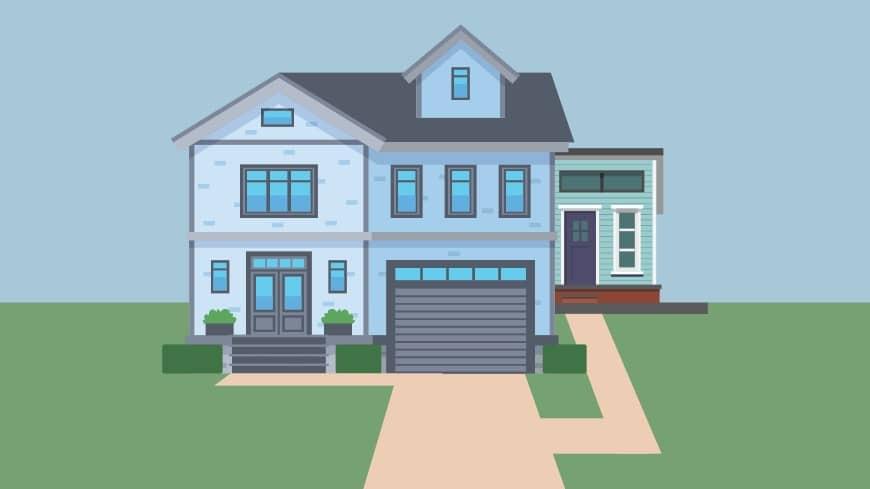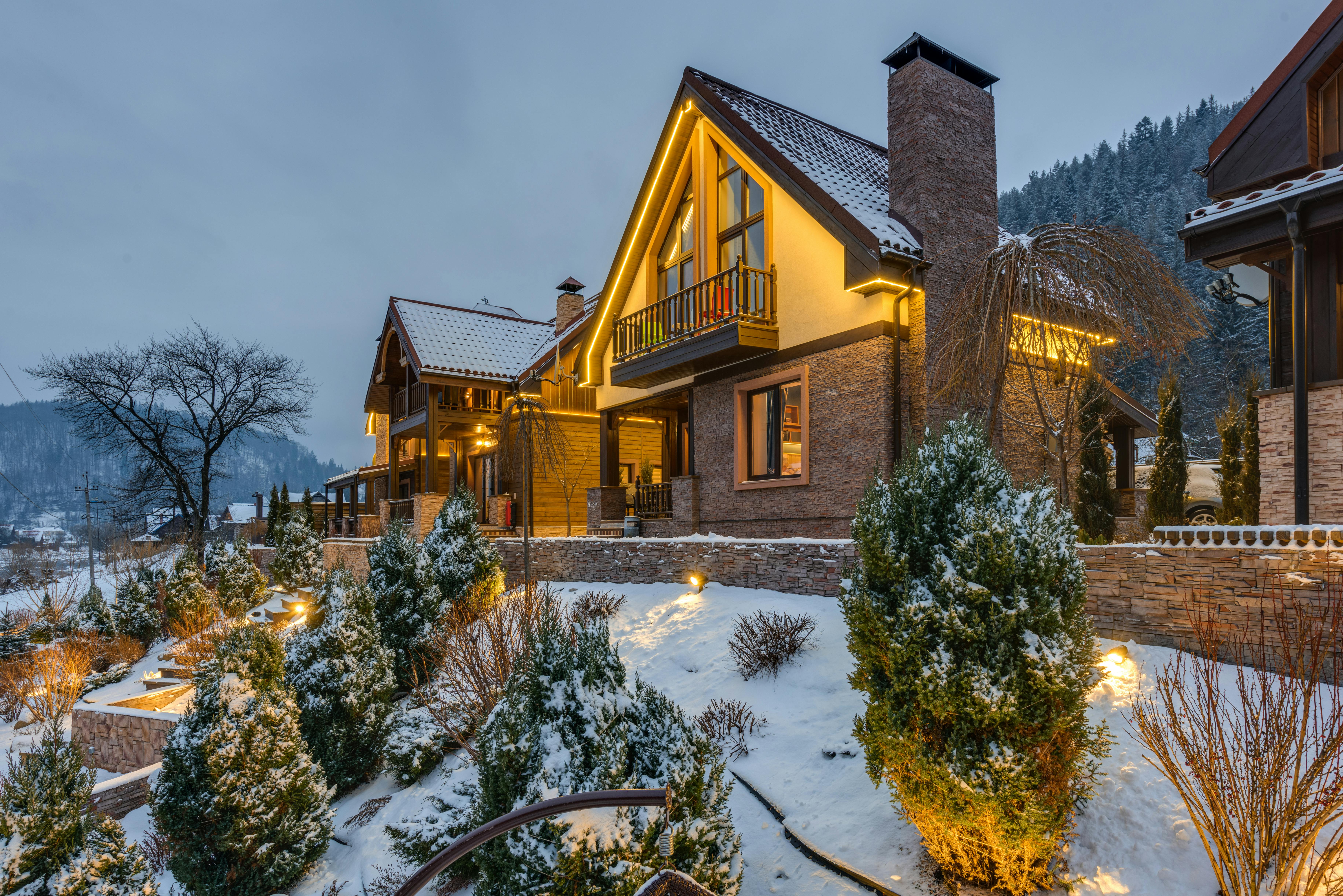Accessory Dwelling Units: Everything you need to know

Granny flats are cool.
How do you know that’s true? Because the coolest character in the history of television, Arthur Fonzarelli, aka Fonzie, aka the Fonz, lived in an apartment above the Cunningham family garage. That type of housing unit is called an Accessory Dwelling Unit, or ADU. They go by many nicknames, including Granny Flats and even Fonzie Flats.
Beyond the undeniable coolness factor of being associated with the Fonz, there are many compelling reasons that this type of housing is seeing a recent surge in popularity in cities across the country. In recent years, ADUs have become hot commodities in surging housing markets and urban centers that lack affordable housing.
Accessory Dwelling Unit (ADU) Definition
In a technical sense, an ADU is a legal, self-contained dwelling unit either internal to, or detached from the primary dwelling on the lot. ADUs come in a variety of shapes and sizes and can reside on the same land as a single-family home, like a coach house, or can be a converted space on an existing property, like an apartment built over top of a garage or a converted basement apartment.
A-D-Who?
As you can tell by the name “granny flat,” one purpose of an ADU is to allow older family members a place where they can be close to their offspring’s family, without getting in the way. They can offer a “dependent independence” for multiple generations of family in the same home. They are perfect for much more than keeping the coolest person in the world closer to your weekly televised hijinks.
Lately, homeowners have looked to ADUs as a way to earn some extra money by renting them out on a short-term or long-term basis. And for a housing market that has been strangled by a lack of homes for sale for years, ADUs provide a convenient solution for those struggling to find a place to live.
There are many more benefits to this type of housing:
- Rental income
- Maintain architectural elements of the original home, which is especially nice if the home was built decades ago, without replacing it with a new condo building, for example
- Add density to a neighborhood without destroying character
- Saves money and resources when compared to building entirely new units
- Cuts down on energy used to build homes and debris going into landfills
You can find—or create—an ADU almost anywhere. An extra room with a separate entrance, a detached building or coach house, a converted garage, a basement apartment—ADUs come in all shapes and sizes. If you have space in your home, a renovation loan can help you find the funds to add another living space to what you already have. And they have as many nicknames as they do configurations.
An ADU by any other name:
- Accessory Apartment
- Ancillary Unit
- Backyard Cottage
- Basement Apartment
- Coach House
- Dawdy House
- Fonzie Flat
- Garage Apartment
- Garden Suite
- Granny Annex
- Granny Flat
- Guest House
- Home Within a Home
- In-Law Suite
- Laneway House
- Mother/Daughter House
- Mother-In-Law Suite
- Multigenerational Home
- Secondary Suite
- Sidekick
How they help
ADUs have emerged out of the unique pressures and needs of many local housing markets. Increasing density in urban areas and low housing inventory has led to housing shortages and high-demand in many housing markets. In addition, many aging homeowners want to stay in the communities in which they’ve raised their children, yet may not be able to afford rising costs.
And some Millennials often struggle to find housing in desirable locations that may be close to work. ADUs meet these unique needs by adding to the housing supply and diversifying the options available in certain high-demand areas.
How they’re used
Once they’re up and running, ADUs can be used to house occasional visitors, or serve as a long-term housing solution for multi-generational families. Some parents looking to downsize will opt to move into the smaller ADU dwelling and allow their children’s growing family to take over the larger, core residence.
And with the rise of short-term rental services that allow you to turn your property into a mini hotel, ADUs can also be a great source of extra income. While they can’t be sold individually as property, their income-generating potential can help increase a home’s attractiveness to future buyers.
How they’re built
Unlike other urban development trends, the growth in ADUs has been driven principally by homeowners, as opposed to professional developers. To meet this growing demand, many states and municipalities have begun to ease building codes, making it easier to build ADUs.
States like Florida, Texas and California have all embraced loosening restrictions on ADUs at either the state or municipal level, since making the building process easier can help alleviate pressure on local housing markets. ADUs can be built just about anywhere in the country, however it is important to fully understand local building codes in your area and how they apply.
Much ado about Chicago ADUs
Take Chicago, for example, just a short motorcycle ride south from the Fonz’s fictional garage apartment in Milwaukee, Wisc. Chicago had a long tradition of creating secondary housing units on a pre-owned lot, particularly during the post-WWII era. This was during a time of great population growth as soldiers were returning from the war and starting families in this booming midwestern metropolis. It wasn’t just ADUs that were being built, but plenty of new homes, as well.
However, this population explosion eventually led to concerns about overcrowding. In 1957, the city of Chicago banned secondary residential structures, like ADUs.
And for almost three quarters of a century, that has been the status quo. But as lack of housing inventory has made living in the city more and more expensive, with a notable lack in affordable housing options, ADUs became a popular potential solution. “Why build brand new buildings when there are existing buildings that can be made into additional housing units?” is the thinking.
So in December 2020, Chicago City Council adopted the Additional Dwelling Units (ADU) Ordinance, which allows for the creation of ADUs in attics, basements and accessory buildings in pilot zones across the city. Notably, these extra apartments have to be created in buildings that are already 20 years old or older. Also, these units cannot be listed as a short term rental.
Our renovation specialists can help you with financing the creation of accessory dwelling units. Their specialized knowledge of the building process and simple digital mortgage application can help make financing the construction of ADUs simple and hassle-free.




